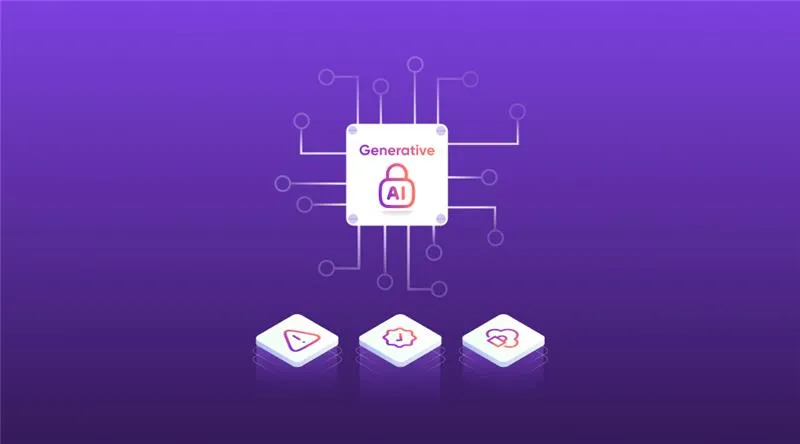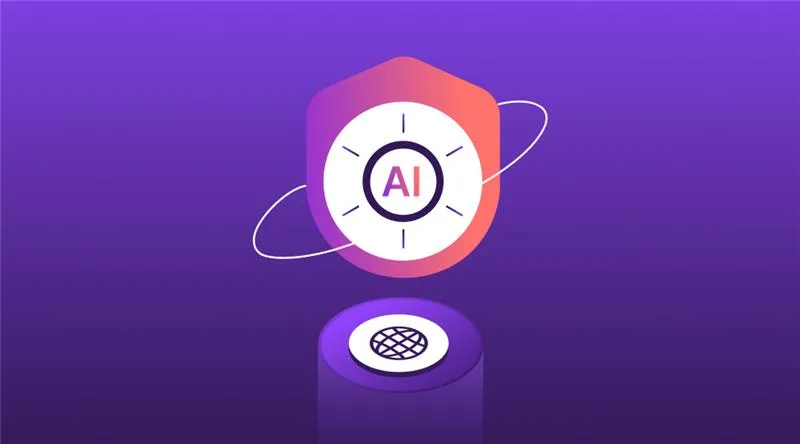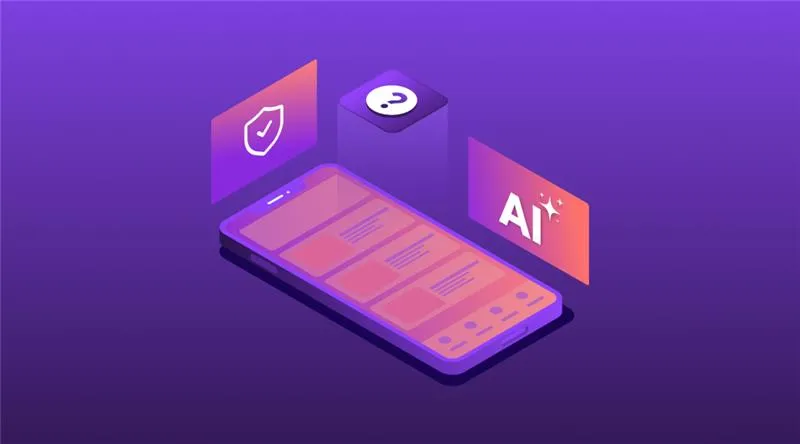Technology

3 min

Discover the potential of the NFT (Non-Fungible Token) marketplace for designers in this comprehensive guide. Don't miss out on this valuable resource for designers interested in the NFT market.

By Digvijay Singh Tomar
13 Jul, 2022
NFTs = Non-Fungible tokens! They are making waves and aren’t merely a fad. The new generation, especially Gen - z, and Millenials, have encouraged NFTs quickly establish themselves as profitable assets in today's digital world.
NFTs are immutable and transferable digital assets on the blockchain, and they have grown in popularity and capability in just a few years. It shows that NFTs appeal to many people to begin trading in the NFT marketplace.
Merely discovering NFTs isn't enough; people dealing with NFTs also need a dedicated NFT marketplace to browse, market, sell, purchase, and trade NFTs. Consequently, we have several exclusive NFT development platforms/NFT designers and NFT marketplaces.
In the beginning, the lack of an NFT marketplace was a problem, but a different market emerged as soon as customers started to come up with creative ideas for NFTs. OpenSea, Rarible, Binance NFT, and others are some famous examples among NFT traders. However, their numbers are small compared to the explosive surge in demand.
So, let’s begin with the entire process of NFT development and the NFT marketplace.
But before moving ahead, let's see what this little NFT marketplace development guide includes:
As mentioned in the beginning, NFTs are Non-Fungible Tokens. More precisely, an NFT is a unique digital asset - no one can alter it, and non-transferable data is recorded on a blockchain.
Young people took a massive interest in NFTs and made them famous. Since NFTs are virtual, they will play a significant role in setting up the future.
Based on the involvement of NFT designers and the required technology, NFT designers can integrate NFT into any blockchain.
Once the designing of NFTs is over, NFT developers list the minted NFTs on their marketplaces through an auction or open bids in return for the cryptos (cryptocurrency = a digital currency).
You trade or exchange things using your national currency - a US, Canadian, Australian dollar, or maybe the Indian Rupee. Similarly, NFTs need a medium through which a trade can be completed. But remember, you can't sell or buy NFTs. Instead, work as you do, trading with shares you buy or sell by betting on the performance of a company or an organization.
The difference in trading NFTs compared to share marketing comes from the platform used for trading. NFTs are traded on a decentralized website known as the NFT marketplace, while you trade shares on a country’s national stock exchange like NYSE, BSE, etc. An NFT marketplace lists all NFTs for sale from NFT designers worldwide. An NFT marketplace makes it easy for customers to find, buy NFTs, and begin trading.
OpenSea , and Rarible
Both are based on the Ethereum blockchain network - the first example of an NFT marketplace.
NFT trading platforms like OpenSea and Rarible make it necessary to use wallets. Buyers and sellers must have a digital wallet to smooth transactions, and NFT vendors can securely sell their NFTs in various ways.
The goal of an NFT marketplace is to set up a fixed price for a particular NFT and make it easier for NFT traders/customers to buy/purchase an NFT with its buying price.
Or else, design a platform for NFT sellers to add their NFTs to the auction list and define the minimum bidding price so that buyers can participate in the auction for bidding. And the one who wins the NFT when the auction concludes owns the NFT(s).
This question is an answer. Let me explain how. Youngsters' interest in the Crypto market and NFT has skyrocketed over the last two years. The youngsters are investing in the crypto world like crazy!!
They see cryptos and NFTs as the future.
Whatever may be running in their mind is a different case. Still, one thing is sure, the concept of NFTs, their marketplace, the digital currency, and blockchain technology will revolutionize the virtual world and the times we're witnessing. Today's estimation suggests that the NFT Marketplace is a billion- dollar market in value.
Designers can either start developing an NFT and NFT marketplace from scratch based on a client’s requirements or use a ready-made NFT marketplace solution. All that is needed to keep in mind while dealing with NFTs is that - they should be distinct, i.e., unique.
NFT marketplaces are being developed mainly to suit NFT traders/user needs and attract potential NFT traders to the developed NFT marketplace/platforms using different services.
If users have the information they need about an asset, you have made it easy to attract people to get interested in your NFT platform. Thus, always follow to make an easy-to-use dashboard to boost customer interaction.
People taking an interest in an NFT should be able to have the complete desired information they require promptly and without much effort.
For instance, they are organizing every digital product (like art, images, music, videos, and memes) along with their features in the NFT marketplace that you are designing.
It will make the trading process more efficient and less time-consuming, increasing the smooth user experience. Hence, client satisfaction is directly proportional to more quick and smooth searches.
They strive to provide NFT traders with the ability to create and send digital collectibles . Thus, NFT marketplace designers must keep this in mind while giving this option in the marketplace. For instance, submit files while filling in product details such as the name of the token, its tag, and description.
Auctioning is famous and is an easy way to trade an entity. Thus, buying and auctioning is a must for the NFT marketplace and the users that deal with NFTs. Using this functionality, you can also show the current bid’s status and expiration date.
Users find connecting the digital wallet with other features helpful in transferring, receiving, and storing NFTs. Hence, stress more on creating/building a digital purse or using an existing wallet like Formatic , Coinbase , or MyEtherWallet .
It is helpful for beginners to discover the most popular and trending NFTs rapidly. Thus, try developing a rating system so participants in an NFT marketplace can rate others and provide feedback based on their NFT marketplace experiences, making new and other users check a user’s reliability.
Allowing users to track their whole transaction history is excellent since NFT traders want to analyze their trading behavior to improve or judge the market while participating in NFT trading. Such a feature can include required data like the total number of NFTs sold, NFTs' previous price, and so on.
When the above things are ready in your NFT marketplace, verification will be required right after the signup process to guarantee that the site is secure for transactions, preventing online forgeries.
Conducting extensive research on your target audience, major competitors, and crypto industry trends are the first step in creating an NFT marketplace that will bring users.
So, in other words, be selective and specific in getting started with the NFT marketplace development project. And if you need help from NFT marketplace developers, talk about your broad idea with them to establish a strategy and estimate the time it will take to launch an NFT marketplace.
Go for prototyping the user interface (UI) once there's a solid understanding of the idea and the product strategy. Tech customers prefer mobile phones/smartphones over desktops, so consider this and develop things accordingly.
Thus, create mock screens for your NFT marketplace and then flesh them out to test the entire user experience (UX), gather early users' feedback, and start improving your project.
It will help you not waste time and money on something that won’t connect with people. Prototyping is an essential part of being agile in the NFT marketplace development since it allows you to smartly modify and produce a product that people desire and understand.
The use of smart contracts on a variety of blockchain networks can be developed to secure the business entity’s specifications and its operations, from listing to the transaction, driving all processes in a decentralized platform.
For Example, ERC-721 and ERC-1155 are two popular NFT intelligent contracts based on Ethereum’s blockchain.
Once the minting of the NFTs is over, there's a need to save the published NFTs on the marketplace. Hence, the storage point of these NFTs are in IPFS (Interplanetary File System = The hard drive for Blockchain), whereas the Database maintains and manages other user and NFT data.
Therefore, developers integrate the front end into the back end when the user interface (UI) is ready. It makes it easy for users to submit digital things to promote their efforts, and the storage for the NFTs is set up. When it is ready, the developed marketplace is put on the server, helping supply fast and dependable processing capability to the NFT market.
The last step is to check for the quality of the developed NFT marketplace solution. Running several tests to look for faults or functional flaws and guarantee that it functions properly is the key to establishing a solid NFT marketplace. And once the testing is completed, make the NFT marketplace available to all users worldwide, ensuring the app's credibility and top-notch functionality.
It depends on the company’s needs, specifications, and functionalities required in an NFT marketplace solution. The cost will be less in case of a ready-made solution. Building an NFT marketplace platform from the ground up will be a bit complicated if you need an answer. It will require a significant amount of money.
The NFT industry is growing with a bright future without questions. NFTs' popularity is skyrocketing, and this is the right time to start investing in building an NFT marketplace app.
And yes, other solutions are already in the online marketplace like OpenSea, Rarible, Super Rare, etc., in the NFT industry. Still, a unique solution that addresses users' specific problems will always make a place in the market, and it is an excellent time for entrepreneurs to create their own NFT marketplace. Get an expert and begin the development of your NFT product from scratch.
Generative AI Implementation Strategy: From Concept to Deployment (Step-by-Step Guide)
By Sannidhya Sharma
5 min read
How to Design a Web App: From Wireframes to Working Prototype
By Dhruv Joshi
5 min read
How Much Does Generative AI Development Cost in 2026?
By Dhruv Joshi
5 min read
How to Build an AI Adoption Roadmap That Ensures Measurable ROI
By Garima Saxena
5 min read

Technology

7 min
Generative AI is moving fast into enterprises, from banks to hospitals to government agencies. Adoption is rapid, but security planning lags. Unlike traditional systems, these models can be exploited through prompt injection, poisoned data, or manipulated to leak sensitive information. They are also misused for phishing, deepfakes, and malicious code.


Technology

7 min
AI-powered Web Application Firewalls (WAFs) go beyond static rules by using machine learning, anomaly detection, and predictive analysis to block zero-day threats, reduce false positives, and protect APIs at scale. Unlike traditional WAFs, they self-learn, adapt in real time, and cut operational costs while improving compliance and trust.


Technology

5 min
AI is redefining mobile app security by transforming how threats are detected, tested, and prevented. From continuous monitoring and fraud detection to compliance with regulations, AI ensures apps remain resilient against modern risks. This means safer apps, protected users, and stronger businesses. Investing in AI-driven security today builds trust, drives growth, and secures long-term competitive advantage.


Feeling lost!! Book a slot and get answers to all your industry-relevant doubts